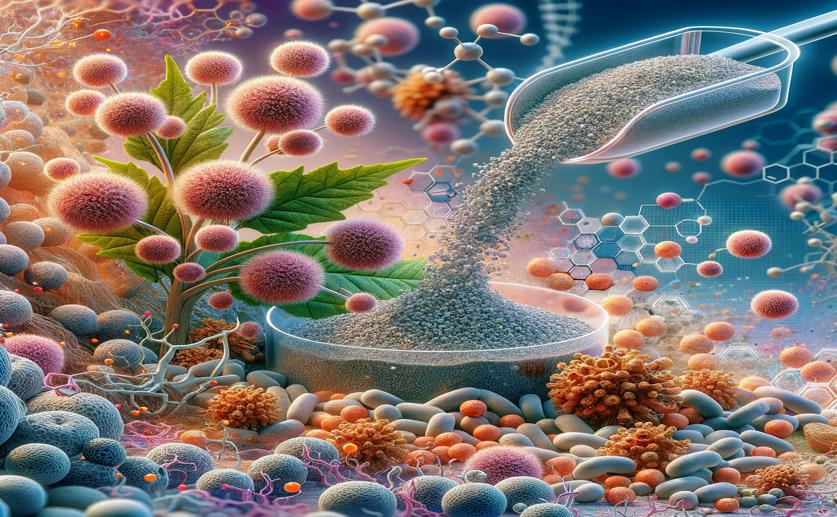
Creating Antioxidant Nanoparticles from Burdock to Protect Liver Cells
Jim Crocker
31st March, 2024

Image Source: Natural Science News, 2024
Key Findings
- Researchers created nanoparticles to enhance delivery of cancer-fighting compounds in the body
- Modified plant sugars improved stability and delivery of these compounds compared to natural forms
- The new method could help in treating diseases like lung cancer by using plant antioxidants
References
Main Study
1) Fabrication of caffeoylquinic acid-loaded burdock polysaccharide nanoparticles and their antioxidant activity in hydrogen peroxide-damaged HepaRG cells.
Published 30th June, 2024 (future Journal edition)
https://doi.org/10.1016/j.fochx.2024.101293
Related Studies
2) Pharmacological Activity of Quercetin and 5 Caffeoylquinic Acid Oral Intake in Male Balb/c Mice with Lung Adenocarcinoma.
3) Chlorogenic acids and the acyl-quinic acids: discovery, biosynthesis, bioavailability and bioactivity.
4) Effect of polyethylene glycol on polysaccharides: From molecular modification, composite matrixes, synergetic properties to embeddable application in food fields.



 5th February, 2024 | Jenn Hoskins
5th February, 2024 | Jenn Hoskins